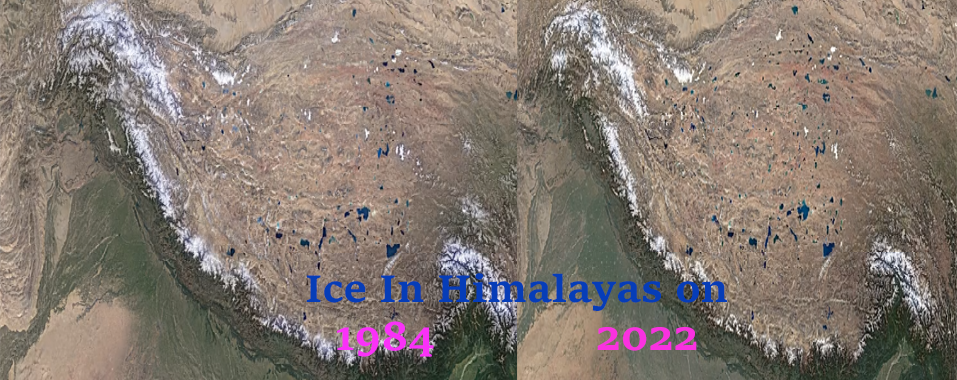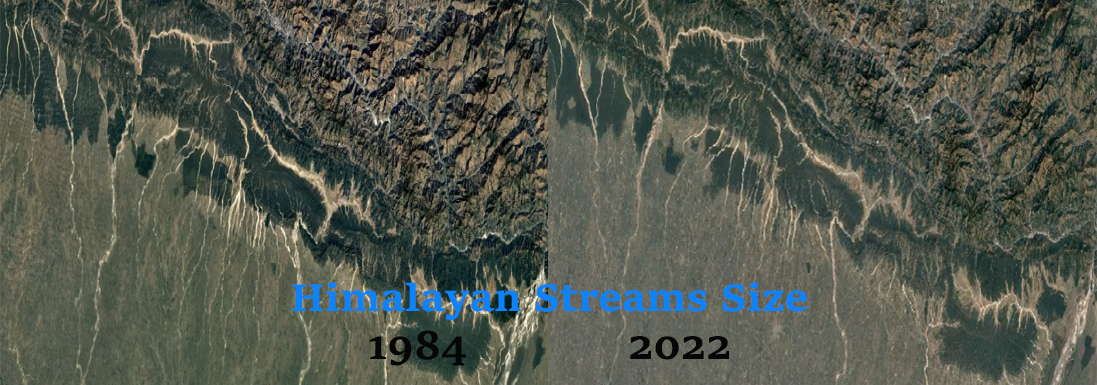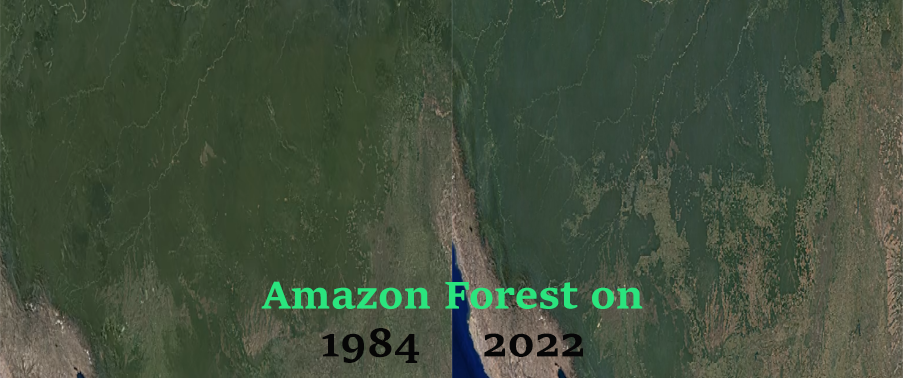Nature and Climate Change until Earth Day 2024
The world’s leaders have made promises to address climate change and to protect the natural environment. However, despite these promises, progress has been slow and disasters, such as the recent flooding in Dubai, demonstrate that the pace of climate change shows no signs of slowing. The delicate ecological balance is being disrupted by human activities, and it is clear that many governments do not place a high value on the preservation of nature. In fact, many political parties and influential figures prioritize economic gain over environmental conservation. Recent events, such as the arrest of Ms. Greta Thunberg, have shown that even those who advocate for conservation are not immune to persecution. The global impact of climate change is causing significant loss of life, economic instability, and displacement of entire communities. Unfortunately, many of the changes are now irreversible. As a representative of the country of Nature Nepal, we urge individuals to live in harmony with nature to ensure the continuation of our civilization for both ourselves and future generations. Nature and climate change should be at the core of each and every businesses whether government or private.
The devastating impact of climate change is becoming increasingly evident in many parts of the world, including the Himalayas. The world’s highest peak, Mt. Everest, is a prime example of this phenomenon. Currently, approximately 70% of the mountain’s cap is exposed as black rock, with the remaining 30% covered in snow. This appearance persists for an average of nine months per year, with the remaining three months of winter resulting in a completely snow-covered mountain.

This is a stark contrast to the situation in the 1990s when the mountain was fully covered in snow for eight months of the year. The drying up of river streams, which are the primary source of fresh water for people living below the Himalayas in the plains of Mahabharat ranges, is a growing concern. The sustainability of humans relying on drinking water resources flowing from the Himalayas through the plains is at risk due to this situation.

Furthermore, the melting of ice in Antarctica and the Himalayas is leading to a rise in sea levels, putting settlements near seashores at the highest risk they have ever faced. These developments demand immediate attention and concerted efforts by all stakeholders to mitigate the negative effects of climate change.
The process of urbanization in South Asian countries, as well as in South America and China, has emerged as a critical threat to forest conservation. The preservation of plant ecology is indispensable for maintaining ecological balance. Although artificially planted groups of trees may provide a sense of restoration, it is an undeniable truth that complete deforestation cannot be reversed, and the same ecological balance that existed over centuries cannot be restored. The corporate world may plant new forests, but these will create immature ecological chains that cannot replace the original ones. Hence, the conservation of natural forests is necessary to uphold ecological balance and prevent irreversible damage to the environment.

In today’s world, the threat of natural disasters looms large over the global population. This threat has surpassed the danger posed by ongoing wars and other global concerns. It is a well-known fact that nature knows no borders, money, or race. Therefore, it is everyone’s responsibility to act responsibly and start living in harmony with nature. However, it is important to note that our efforts to preserve ecological balance may be outweighed by the damage being done to our environment.
World Economic Forum and WWF Europe collective agrees on the World Economic Forum (WEF) Global Risks Report 2024 and states “ The report found the top four most severe risks over the next ten years to be: extreme weather events, critical change to Earth systems, biodiversity loss and ecosystem collapse, and natural resource shortages. Pollution also features within the top ten most severe risks. Concerningly, the report argues that cooperation on urgent global issues could be in increasingly short supply, underlining the importance of concerted action and collaboration to address the climate and nature emergencies.”
Accordingly on another report by World Economic Forum it clarifies the possible thereats to be faced by human beings before the end of 2050. It predicts that by 2050, the climate crisis could cause an additional 14.5 million deaths, $12.5 trillion in economic losses and $1.1 trillion in extra costs to healthcare systems around the globe.

In an article published by Shuping Li and Jing Meng along with other associates named Revisiting Copenhagen climate mitigation targets on Nature journal quotes in their abstract that Many economies set climate mitigation targets for 2020 at the 2009 15th Conference of the Parties conference of the United Nations Framework Convention on Climate Change in Copenhagen. Yet no retrospective review of the implementation and actual mitigation associated with these targets has materialized.
Human beings and their recklessness have caused much suffering, with more hospital admissions, natural disasters, and extinction of wild animals in our lifetime than our grandparents. Despite this, some people deny that human activities have any impact. In reality, both the destruction and conservation of nature rely on human willpower and action. With our divine intelligence, we can make a positive impact, but it takes courage to step forward and take practical steps to protect the environment around us. Himalayan Adventure Therapy has been making impressive progress on it way to forest restoration.
